What’s it like to take photographs on the sets of prestigious films and television shows? We find out from Sophie Mutevelian
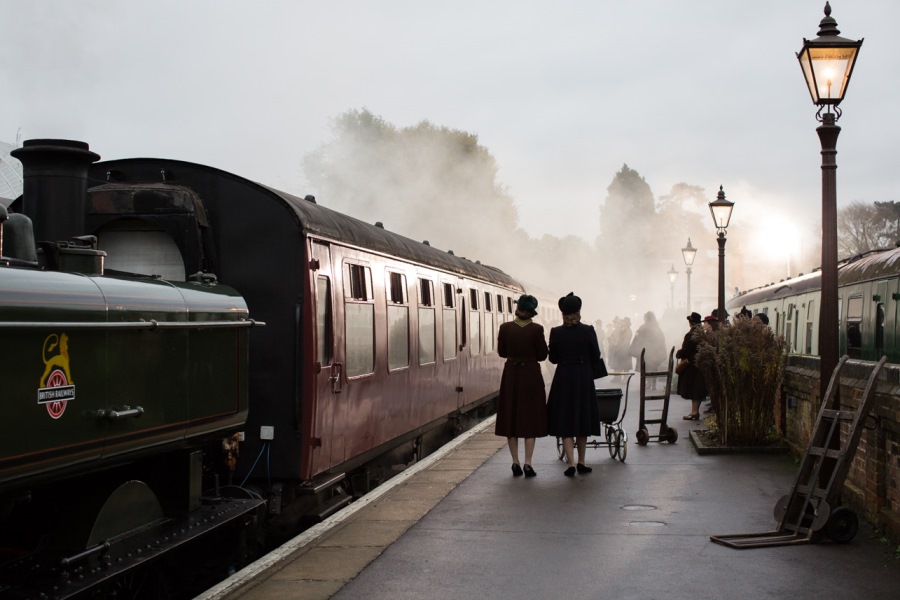
All images © Sophie Mutevelian
Stills photographer Sophie Mutevelian’s career spans a multitude of creative industries, taking in television, film, theatre, advertising and more.
She takes a personable and emotive approach, and her photographs have come to define huge television productions, featuring many household names. Sophie’s clients include BBC Television, Leo Burnett Advertising, Showtime, Google and HBO.
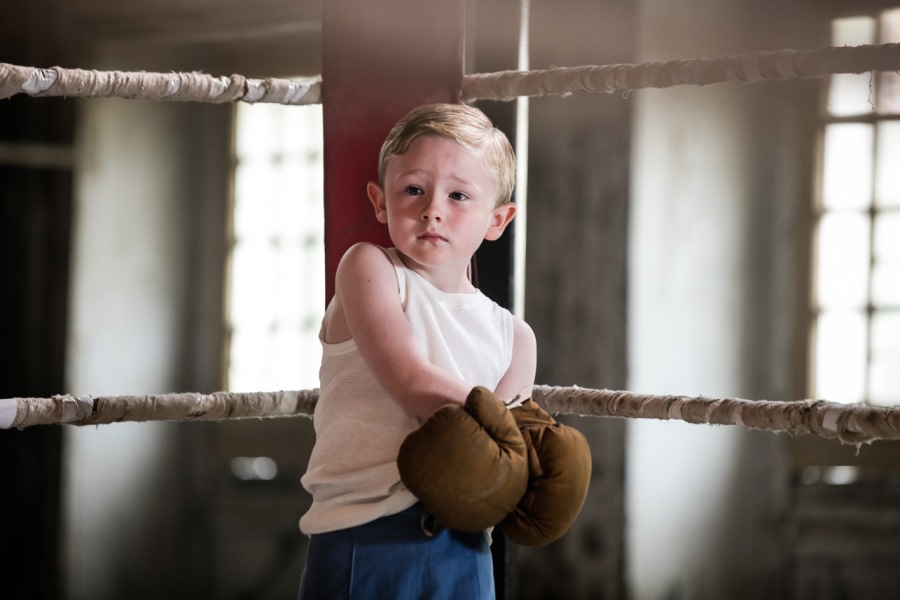
Wex Photographic: What was the first film that you worked on?
Sophie Mutevelian: I was a photographer for a couple years working on many projects, some more arts-orientated – shooting for galleries and exhibitions. Then, an opportunity to work on a feature film came along. I went in at the deep end because I had not worked on a film set before; there were lots of new skills for me to learn, like how to use a blimp. The film was called The Wee Man, about a Scottish gangster, starring Martin Compston and John Hannah.
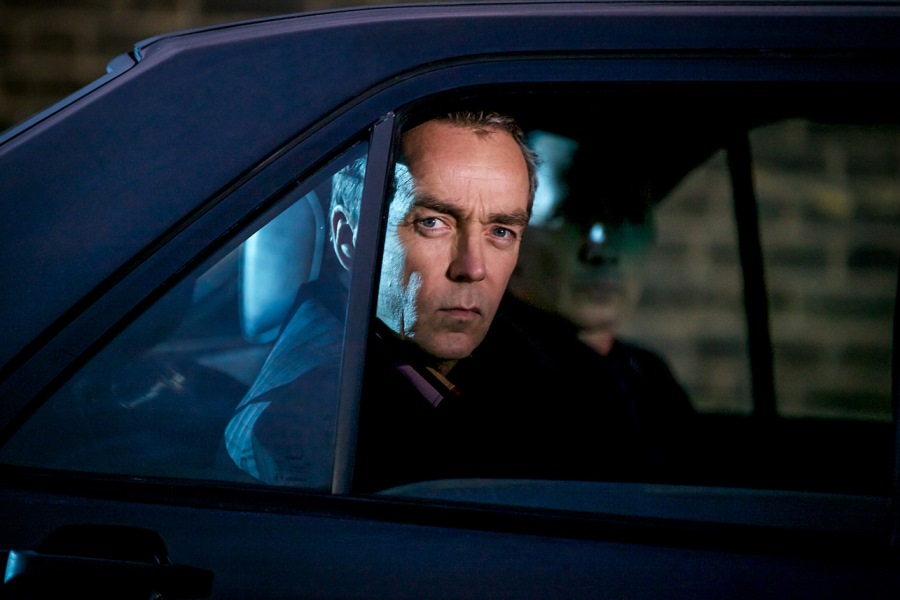
WP: Who are your main influences as a creative?
SM: I have always admired the work and career of Eve Arnold. I saw one of her exhibitions at the Halcyon Gallery and I was so inspired to discover that she began her photographic career at 38 and did not stop. I also love the fact that she photographed using mostly available light – more concerned with capturing the moment than getting everything right.
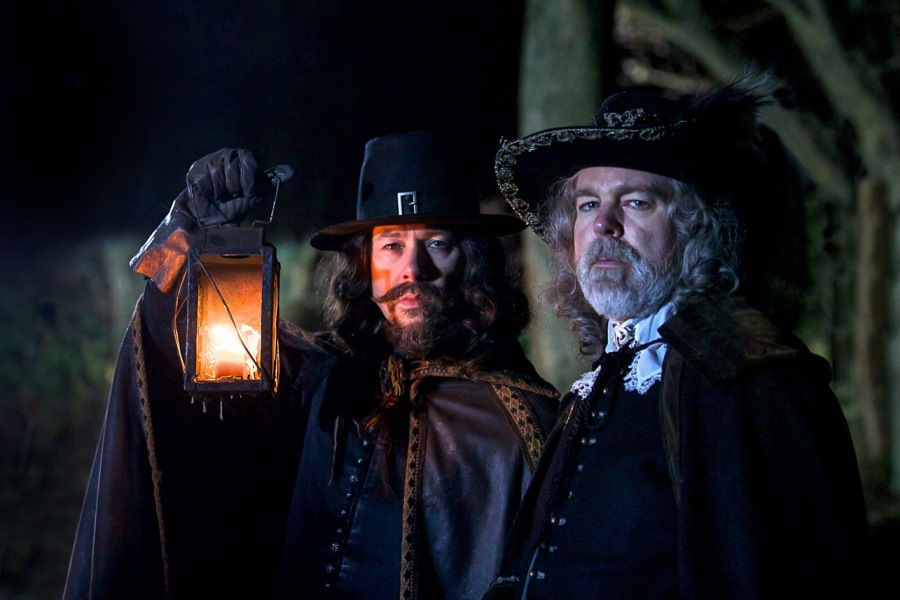
WP: What are the main attributes that a unit stills photographer needs while on set?
SM: There are lots of different departments working at the same time on a busy set, and it is important to be sensitive towards their needs. During takes, I have to be invisible, but still capture the material that my client requires – this is mostly for the actors’ sake, to ensure that there is not another distraction present. A stills photographer needs to be calm and unobtrusive, especially when things get stressful.
Most challenges are unique to the scale of the set. If it is a large space, it is fine for me to be slightly to one side of the camera. In a smaller space, we will sometimes repeat scenes just for stills photography. Days are selected which have the key actors present, and it is up to me to get the best shots possible. Schedules can be busy, so it does not always work out as planned. It is crucial to make the most of every available moment.
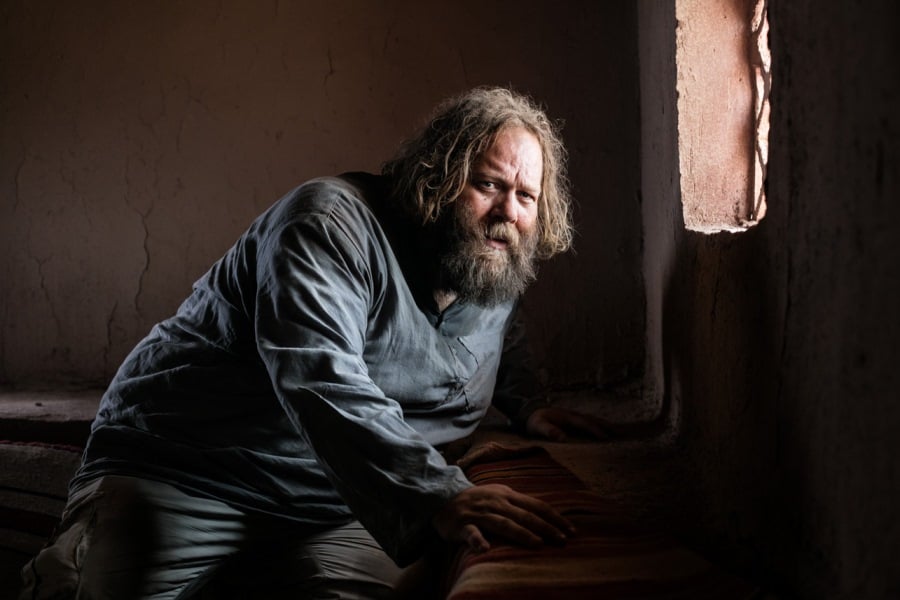
WP: What do you look for in a defining unit stills photograph?
SM: It is all about drawing emotion from a character and setting the tone for a programme. A unit stills shot needs to be indicative of the narrative but not give too much away.
WP: Can you describe the kit that you favour and what determines these choices?
SM: I shoot with a Canon EOS 5DS R. The lenses that I use the most tend to be my 70-200mm and my 50mm prime, which I love especially for its f/1.2 aperture – in low light this is invaluable. A blimp does not totally soundproof a camera but it does allow me to shoot during takes. As long as the boom does not record the sound of my shutter, I am free to move about.
A “specials” shoot involves creating that iconic image for a programme or film. In these cases, I will work with the client, and the photos that they want will be planned in advance. I can even have an area on set just to shoot and set up lights.
When there is a lull in the schedule I can take the actors aside – I will have done some test shots beforehand and I will be ready to go. I use Profoto B1s and continuous lighting from the actual production set, depending on the look that I am trying to get. An Octa softbox and grid are my main modifiers, and I quite like having a rim light too.
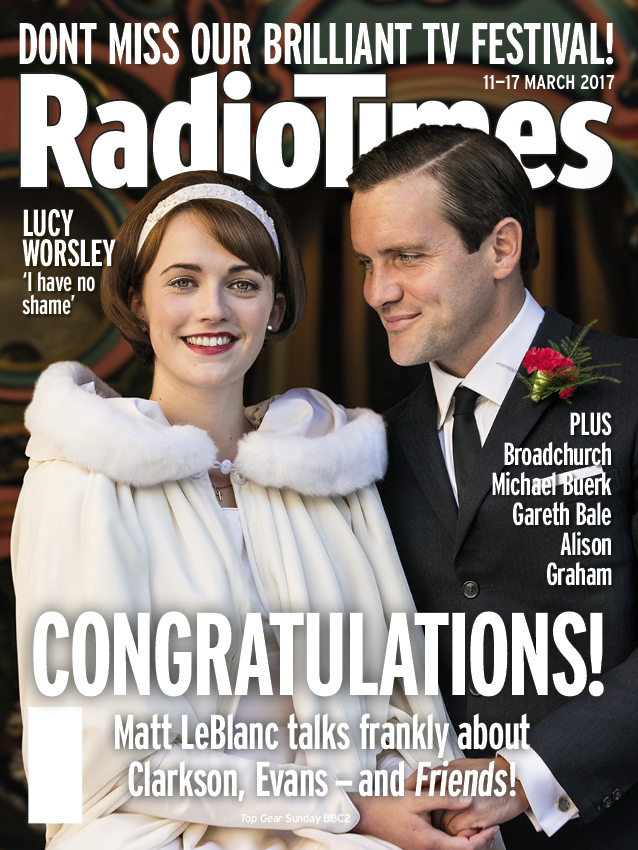
WP: Which clients feature the most in your portfolio?
SM: I love period dramas and thrillers. I was working on Babs – the Dame Barbara Windsor film – and the production was stunning. The eras progressed from the 1940s through to the 1990s. The costumes were wonderful. If I see a shot it is important to capture it before the moment has passed. This production presented me with so many opportunities. I have also photographed for BBC’s Inside No. 9, for the past four series. Each episode is totally different, which is very exciting as it allows me to create a unique setup every time.
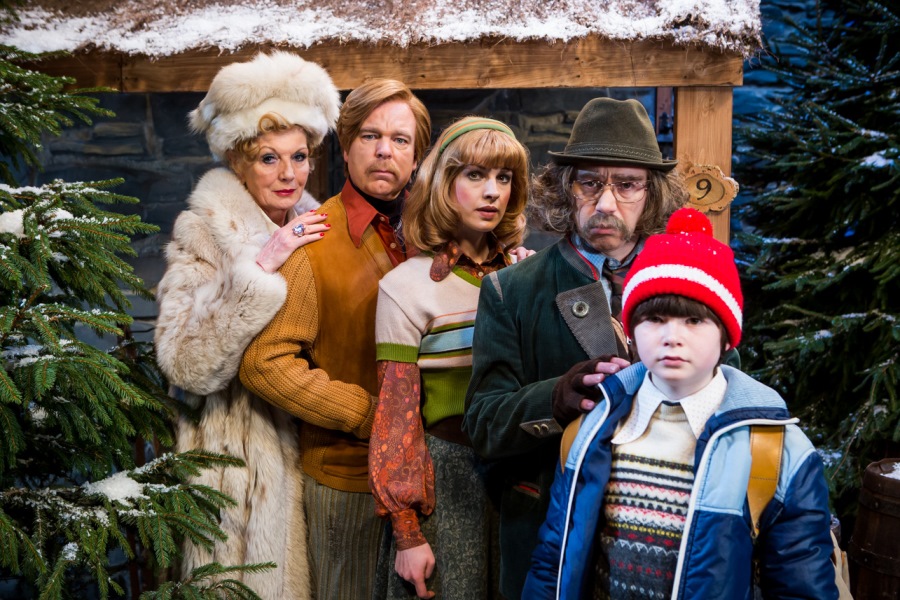
WP: Have you ever been star-struck by a sitter?
SM: I photographed Sir Michael Parkinson, who is such an icon and a personality. Recently, I was a bit more nervous than usual shooting with Sir David Attenborough, though I find focusing on lighting and camera settings takes your mind away from this distraction.
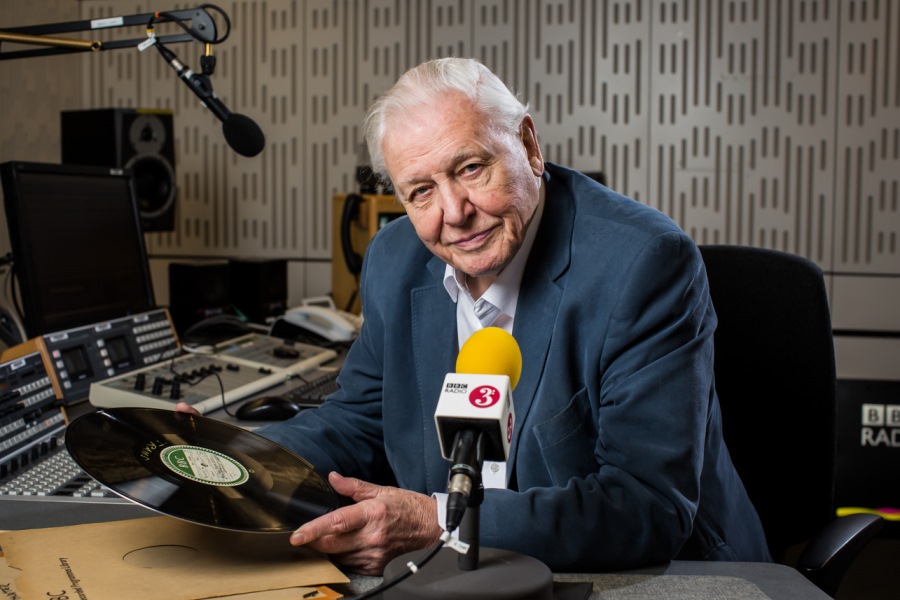
David Beckham was a sitter for Desert Island Discs when he was featured on the 75th anniversary special, though he has been photographed so many times that he is an absolute professional in front of a camera. Generally, I am more focused on getting a lovely shot rather than being star-struck!
WP: Which have been the most memorable sets to work on?
SM: Call The Midwife productions go into great detail to recreate the period setting of the drama. It is so immersive and it can feel like going back in time – they do some wonderful street scenes in Chatham which photograph very well. The Missing was an amazing programme with very exciting locations; it was mostly filmed in Belgium, with a couple weeks in Morocco, and we were literally in the middle of a desert in 45° heat. It was the same set where Babel was filmed. The Living and the Dead was mostly shot in South Gloucestershire, in beautiful wheat fields and a 16th Century manor, Horton Court.
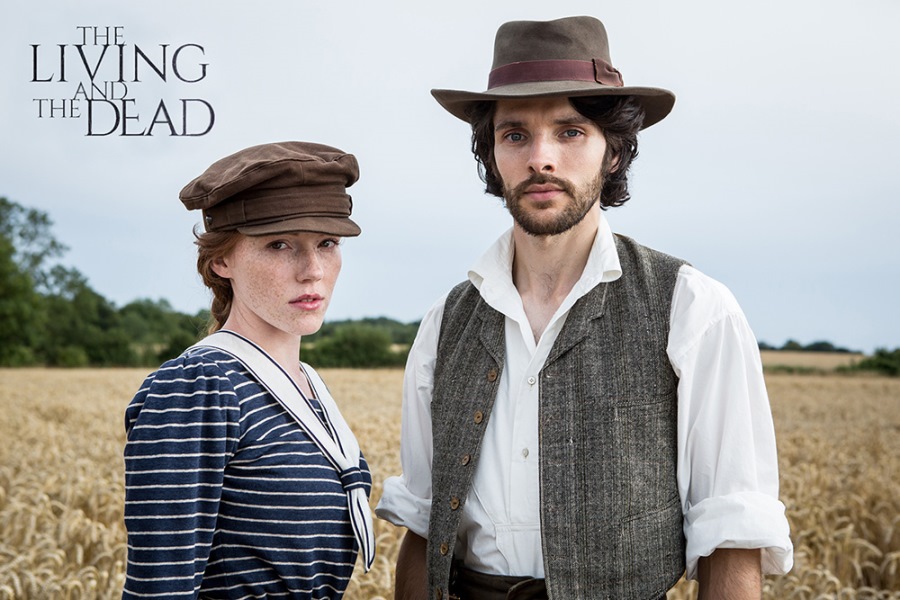
WP: Who are your commercial clients and how does this process differ from unit stills photography?
SM: I also work in advertising. One commission with Leo Burnett was for a Samsung advert filmed in Lisbon. This industry is very much in line with unit stills photography - I work alongside the TV film crew to create print material. The main difference is that I will have a lot more time dedicated to setting up, producing the stills and working closely with the agency creative team. I also work with architects, PR and media companies.
See more of Sophie's work at sophiemutevelian.com. You can also follow her on Facebook and Twitter.
About the Author
Luke Das is a portrait photographer specialising in the performing arts. See more at his website: lukedasphotography.net.
Related articles
Top of the Game – An Interview with Sports Photographer Bob Martin
Life as the Official Game of Thrones Photographer
Life Photographing the World’s Biggest Bands – Peter Neill

